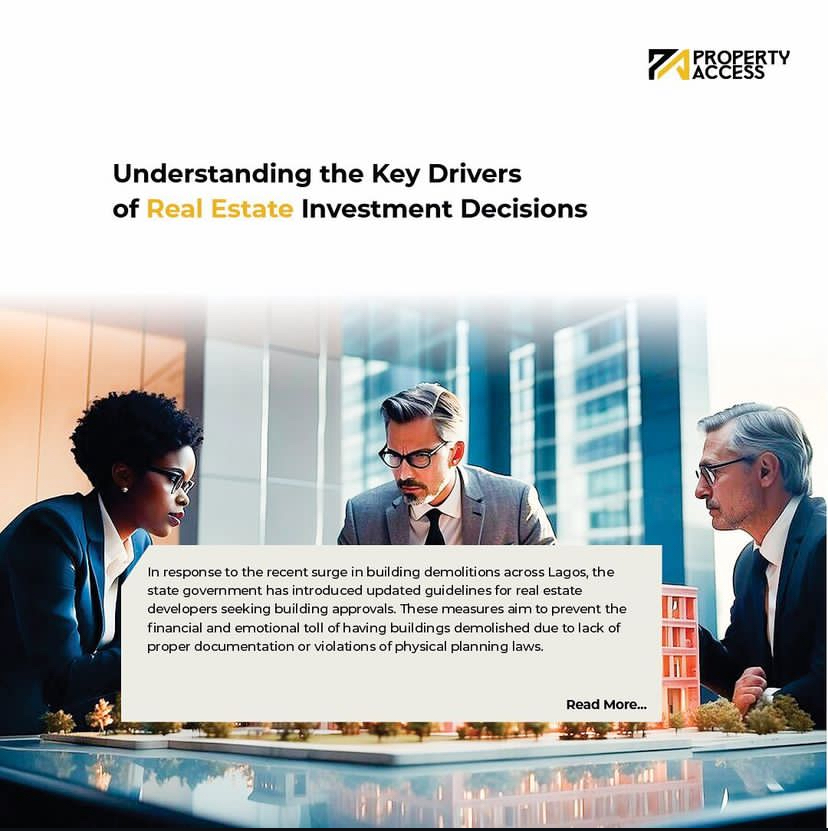
There are benefits of trees, which are their esthetic value, the shade they provide, and extra oxygen for cleaner air. But did you know that trees could also boost the financial value of a real estate property?
Trees can have a major impact on your bottom line. There are different ways to reap the economic rewards of incorporating trees into your building, from increasing its resale value to reducing long-term operating expenses. Yet despite these potential gains, many real estate owners and developers overlook these green assets when planning their projects.
The Value of Trees in Real Estate
Real estate and trees go hand in hand. Not only do they provide beauty and privacy to a space, but they also offer much more than just aesthetic appeal. In addition, to play a role in shielding your property from the elements, trees bring economic benefits that should not be overlooked.
To start with, they can increase the value of your home or business. Trees reduce energy costs by providing shade and blocking wind, which can lower monthly bills. They also act as natural air conditioners and air filters, reducing air pollution levels for all residents and passersby, which can positively impact property values. Plus, it’s been found that even just having trees nearby can influence property prices—for example, one study found that homes located near urban green paces saw increases in property values of up to 25%.
The increased attractiveness of the landscape offers another major benefit—it’s a great way to attract potential buyers or tenants who appreciate natural surroundings. You don’t need to have an extensive garden; seeing trees on your property is enough to pique interest and draw people in!
How Trees Help Increase Property Values
It’s no secret that trees can add esthetic value to a residential real estate property. But did you know they could also add economic value as well? Data shows that adding trees to a landscape increases the value of a property by as much as 15%. That’s right, research suggests that if you have a building with trees, you can expect to see up to 15% more money when it comes time to sell or rent.
Trees provide many benefits for real estate owners. For starters, they increase shade and reduce energy costs for homeowners. This is particularly useful in climates where temperatures tend to be higher and air conditioning bills soar. In addition, studies show that the presence of trees increases biodiversity in areas around buildings and helps improve air quality by trapping pollutants. Finally, planting trees around a property not only makes it look nice but also adds security since strategically placed trees can act as natural boundaries around the building.
In short, adding trees to a property offers an opportunity for real estate owners to enjoy financial rewards while helping protect the environment and providing aesthetic improvements.
Conclusion
Tree-lined streetscapes have palpable economic and social benefits. Trees provide numerous resources to both the properties they are around and the wider community, which should be considered when it comes to property decisions. Trees can increase property values and create a more esthetically pleasing environment those residents and visitors alike will appreciate. They reduce the need for air-conditioning and other cooling systems, which can help to lower expenses for building owners. Planting new trees on a real estate property will give a real long-term return on investment, and if properly managed, the trees will provide lasting esthetic and economic benefits. In addition to this, trees also help to reduce air pollution, sequester carbon, and also provide habitat for wildlife. Trees make a huge difference to our environment, so much so that the importance of trees for real estate shouldn’t be understated

